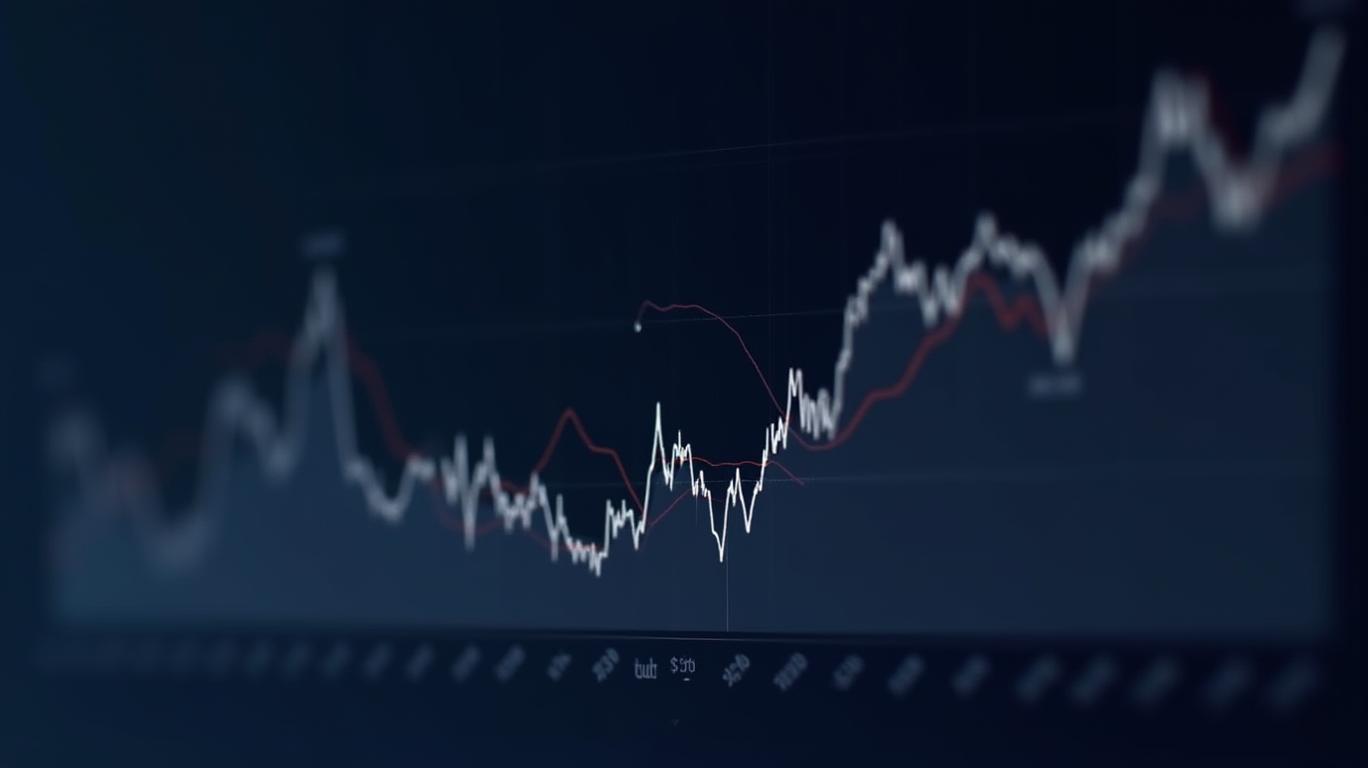ETHU: Why This Leveraged Crypto ETF Is a Trader’s Tool, Not a Buy-and-Hold Asset
The cryptocurrency market’s volatility has always been a double-edged sword: a playground for traders, a nightmare for long-term holders. Nowhere is this truer than with ETHU, the 2x leveraged Ethereum ETF from Volatility Shares. Designed to amplify daily price swings of ether (ETH), ETHU isn’t just risky—it’s a financial weapon best wielded by short-term traders with nerves of steel. Let me explain why holding it long-term is a recipe for disaster.

How ETHU Works—and Why It’s a Volatility Time Bomb
ETHU is structured to deliver 200% of the daily price movement of ETH using CME Group’s futures contracts. On paper, this sounds like a way to supercharge returns. The catch? Daily rebalancing creates a phenomenon called “volatility drag.” Here’s the math:
- If ETH rises 5% in a day, ETHU aims for +10%.
- If ETH then falls 5% the next day, ETHU drops -10%.
Over time, these swings eat into gains—even if the underlying asset ends flat or up. A simulated $100 investment in ETHU from 2017 to 2024 saw ETH itself rise 730%, but ETHU’s value collapsed to just $10 due to compounding losses.
The Risks: Volatility Drag, Extreme Losses, and Fee Erosion
Volatility Drag Is a Silent Killer
ETH’s daily volatility averages ~5.6%, which means ETHU’s annualized drag is 45%—even if ETH stays still. Fees worsen this: its net expense ratio is 0.94% annually, but a 1.85% gross fee kicks in post-2025, further draining returns.A 50% ETH Drop Could Wipe Out ETHU
A single-day crash in ETH (like the -85% ETHU loss in March 2020) could obliterate the ETF’s value. For example:- If ETH falls 45%, ETHU plummets 90%.
To recover, ETH would need to double—and that’s assuming no further losses.
Backtest Results Are Brutal
Over seven years (2017–2024), ETHU’s worst 252-day stretch saw a -99.7% loss. Even in ETH’s 2021 bull run, gains were fleeting: a 280x return in ETHU vs. 21x in ETH, but only for traders who exited at the peak.
2025: A Year of Roller-Coaster Rides
ETHU’s performance so far this year reflects its volatility. As of May 2025:
- Its NAV is $2.16, with shares trading at $2.17.
- $452.8 million in assets under management shows investor interest, but daily volume of 2.5 million shares is modest.
The fund’s -48.38% return since June 2024 (before a Q1 2025 rebound) underscores how hard it is to hold through cycles.
Why Trading, Not Holding, Is the Only Play
Short-Term Gains Require Precision
ETHU excels in trending markets. In 2020–2021, it delivered 280x returns in a rising ETH environment—but only for those who sold at peaks.Hedging Is Mandatory
Pair ETHU with put options to limit downside. For example, buying a put with a strike price 10% below your entry could cushion crashes.Exit Strategies Are Critical
Use trailing stops or set profit targets (e.g., 10% gains weekly) to lock in wins before volatility drag sets in.
The Bottom Line: ETHU Isn’t a Buy—It’s a Rental
ETHU isn’t an investment; it’s a high-octane trading tool for those who can stomach extreme swings. Its structure ensures that long-term holders get crushed, while traders who time entries/exit perfectly—and hedge—can profit.

Final Numbers to Remember:
- Volatility Drag: 45% annually, even if ETH stays flat.
- Worst One-Day Loss: -85% (March 2020).
- Seven-Year Simulated Loss: $10 from $100.
If you’re thinking of holding ETHU, don’t. Use it only for short-term bets—and brace for the ride.
Conclusion: ETHU is a masterclass in risk. Its leveraged structure, volatility drag, and extreme drawdown potential make it unsuitable for anything but active trading. For the rest of us, stick to non-leveraged crypto ETFs or ETH itself. This is one volatility play where holding on won’t pay off—unless you’re ready to lose your shirt.

Comments
No comments yet